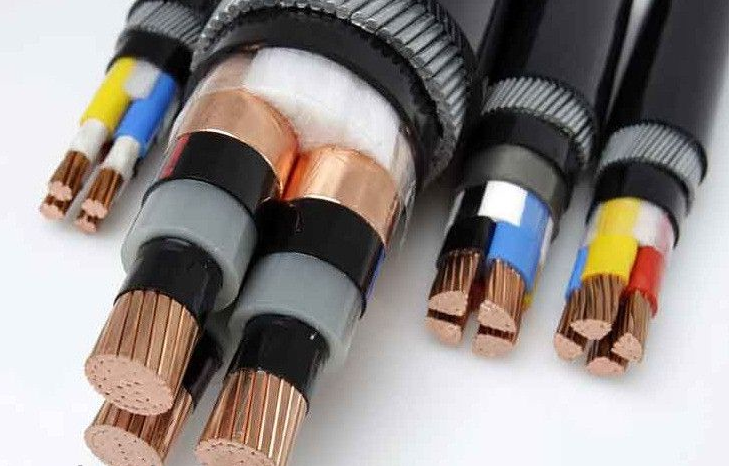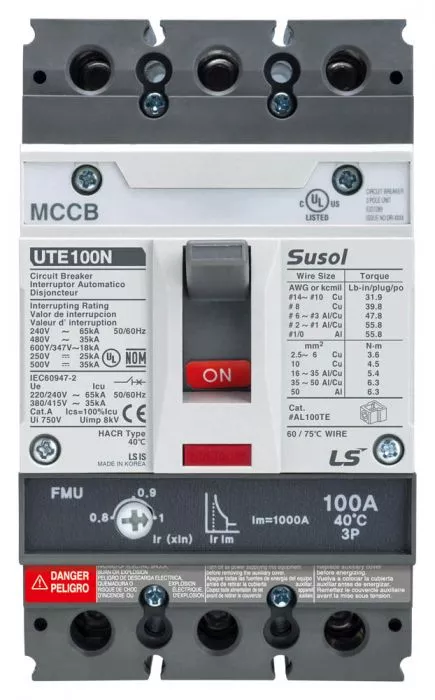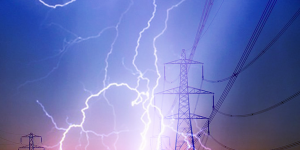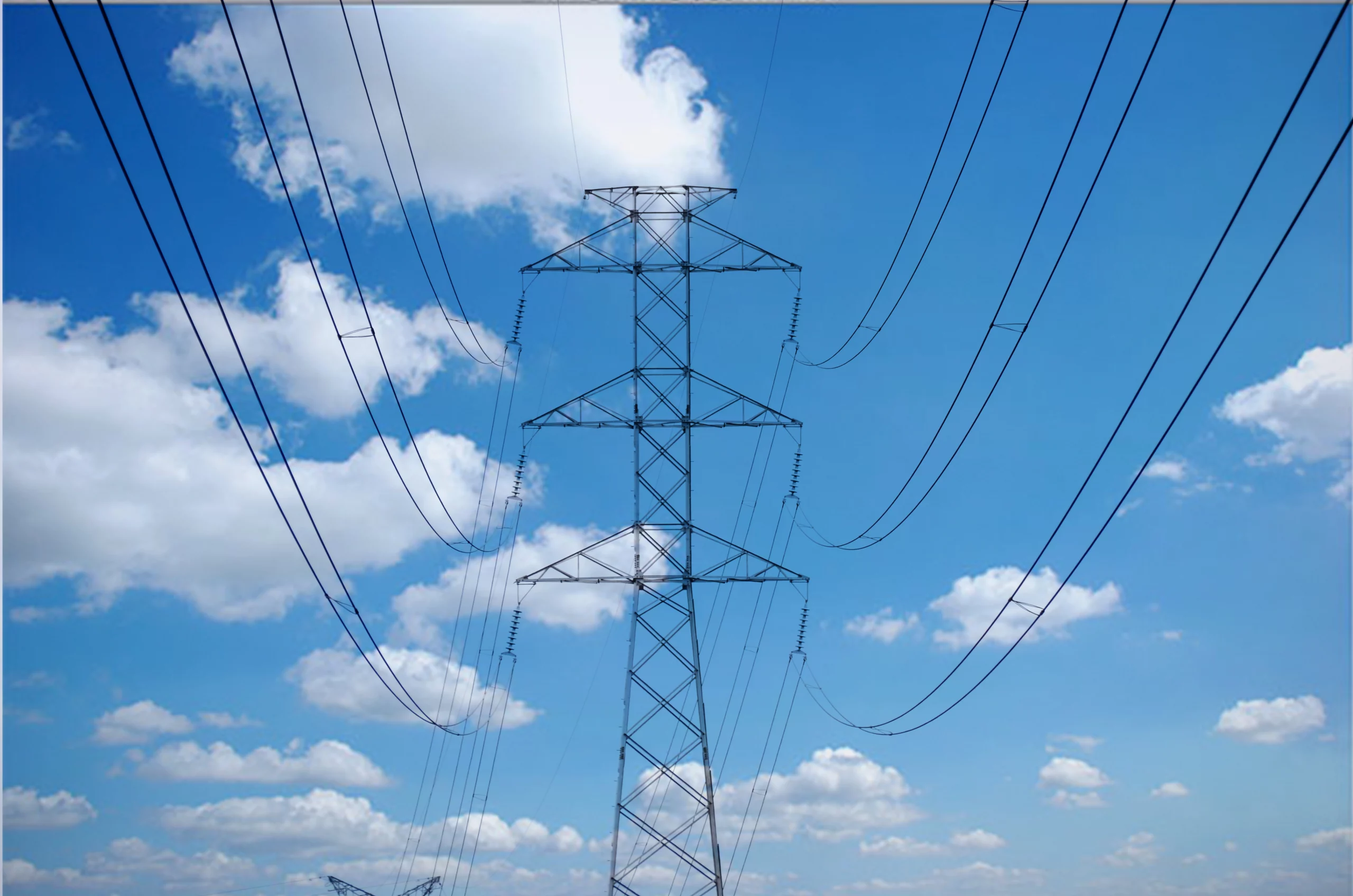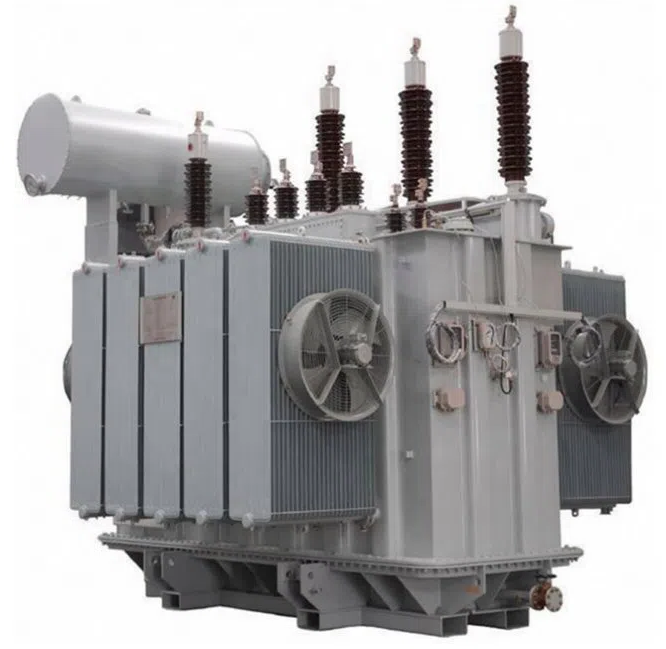Power Cable Shielding – Benefits, Types and Requirements
Power cable shielding is crucial for ensuring safety,electromagnetic interference (EMI), and overall performance, especially at higher voltage levels. Key considerations in power cable shielding (1) Safety. Shielding helps ensure that …
